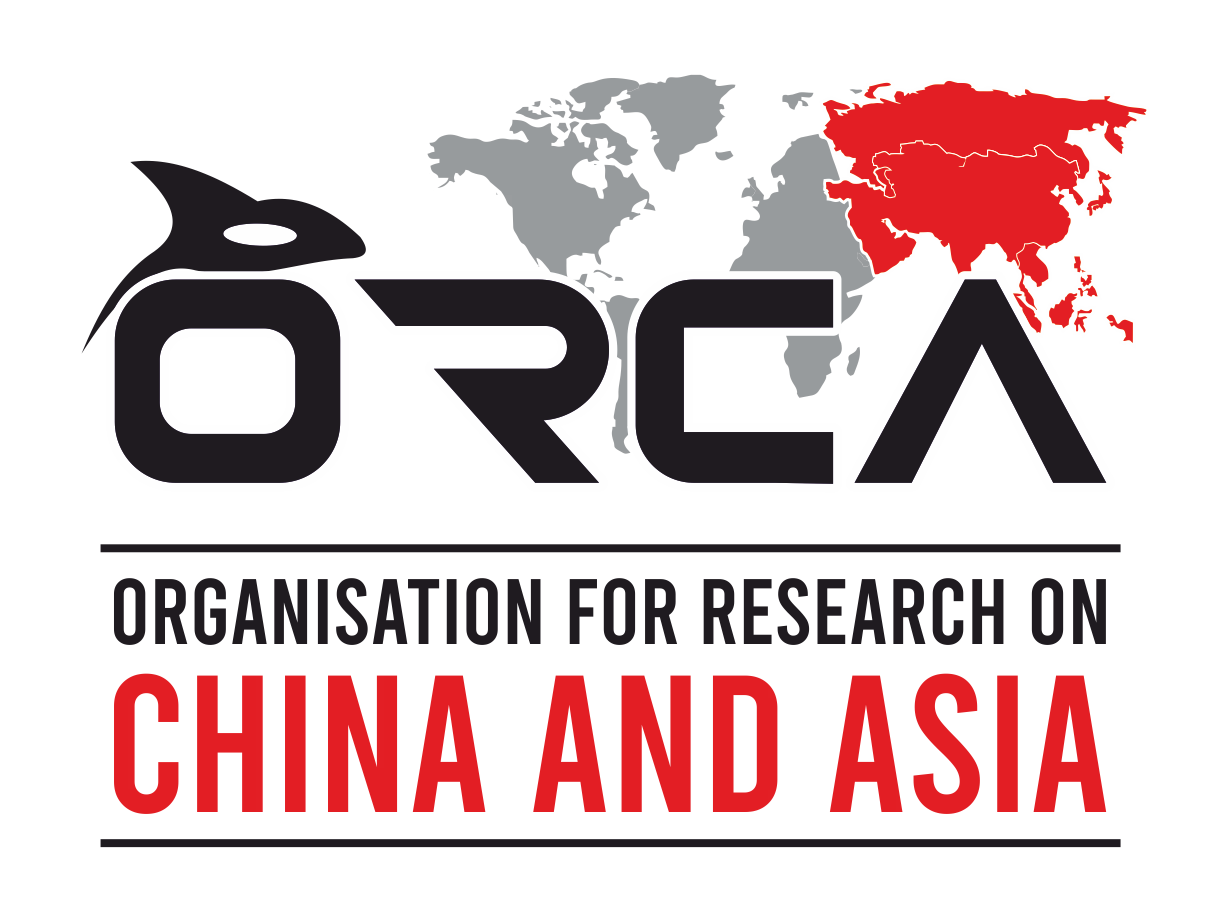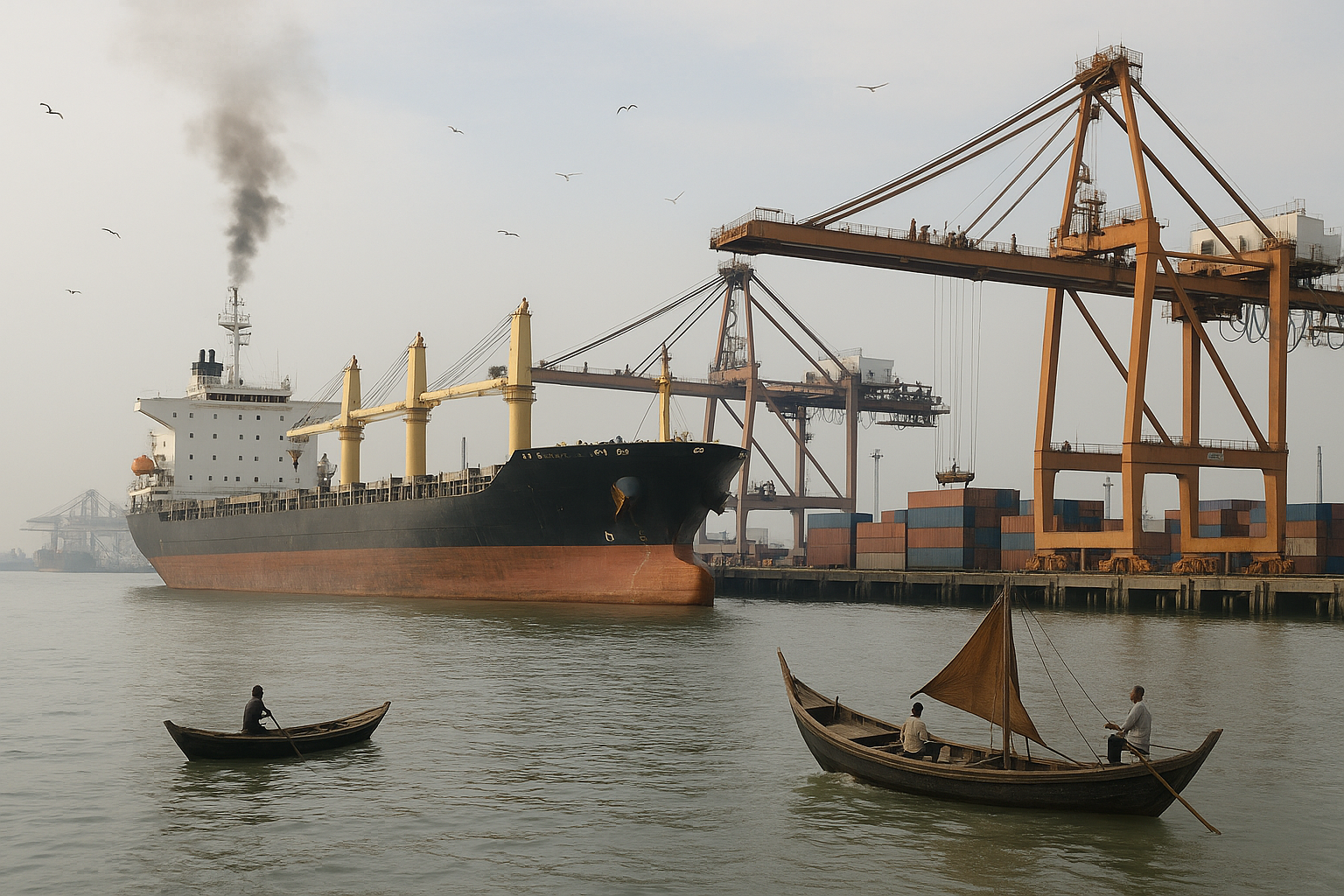Myanmar’s western region, comprising the Rakhine and Chin states, holds significant strategic value for India, as it borders two northeastern Indian states and hosts the Kaladan Multi-Modal Transit Transport Project (KMTTP), a key Indian infrastructure initiative. Since the 2021 coup, Myanmar’s post-coup political fragmentation has transformed state authority into a patchwork of territorial enclaves. As various resistance groups clash with the military, some demand greater autonomy, others push for a federal system, and many stand opposed to Tatmadaw’s brutal actions. This ongoing turmoil is a source of concern for New Delhi as instability in Myanmar often sends shockwaves across India’s Northeast, given the porous border and deep-rooted people-to-people ties between the two nations.
The launch of Operation 1027 in October 2023 has significantly altered the security dynamics in Myanmar’s western region, with the Arakan Army (AA) gaining control of 14 out of 17 townships in Rakhine and Chin resistance forces capturing territory in Chin State. Since then, the Junta has been struggling to reclaim these lost territories. This shift presents a strategic dilemma for New Delhi: having maintained diplomatic engagement primarily with the Junta since the 2021 coup, India now faces growing challenges in determining whom to engage with on the ground.
Conflict, Connectivity, and Cooperation:
India’s economic and strategic interests in western Myanmar are closely tied to the KMTTP, which runs entirely through this region. While the project's first phase, the Sittwe Port in Rakhine, has been operationalised and is now under Indian control, a substantial portion of the project remains incomplete. Once finished, the KMTTP promises to be a transformative corridor for India’s Northeastern states, providing them with direct access to the Bay of Bengal, boosting trade, and fostering regional development. However, the project has already suffered repeated delays, and construction on the remaining segments has stalled due to the escalating conflict. Further setbacks would diminish the strategic utility of the now operational Sittwe Port. Moreover, the Indian government has consistently positioned the KMTTP as a cornerstone of Northeast development, raising public expectations, particularly in Mizoram. Continued delays could potentially trigger political discontent in a region already marked by long-standing grievances about marginalisation by the central government. With much of the route now falling under the control of ethnic armed organisations (EAOs), New Delhi must shift from a passive to a pragmatic posture, engaging these emerging power centers to negotiate and resume the construction of the project. Failure to do so may render the KMTTP strategically obsolete, especially as China advances its influence through parallel infrastructure initiatives like the China-Myanmar Economic Corridor (CMEC).
When it comes to Myanmar’s western states, a key challenge for India is finding a way to engage that secures its borders, protects the lives and livelihoods of transborder communities, aligns with the Act East Policy, and counters China’s growing influence. A promising pathway lies in reimagining the role of Northeast states as partners in shaping cross-border engagement. Rather than maintaining a rigid separation between foreign policy and state-level engagement, New Delhi should embrace the paradigm of paradiplomacy, where the Northeastern state governments, particularly Mizoram, play a constructive role in shaping India’s regional diplomacy. Following the intensification of political violence in Myanmar, the Mizoram state government has been actively engaging with ethnic armed groups in Myanmar. The fact that Mizoram’s CM recently hosted a peace dialogue between Chin factions in Aizawl underscores its close ties and influence. Last year, Mizoram MP K. Vanlalvena visited Rakhine and met with the Arakan Army chief to discuss the future of the KMTTP (Centre’s Act East Policy projects). These initiatives point to a critical opportunity: by leveraging Mizoram’s grassroots diplomacy, India can develop a more responsive and locally attuned strategy toward western Myanmar: one that aligns national interests with the complex realities of the borderlands. In a region where China has proven greater importance, India’s engagement with its borderland communities could serve as a vital strategic advantage.
The China factor:
Since the 2021 coup, Beijing has adopted a dual-track approach in Myanmar, maintaining formal ties with the military junta while discreetly engaging with select EAOs, particularly those near its border. This calibrated strategy enabled China to swiftly adapt to shifting dynamics following Operation 1027. As the Ta’ang National Liberation Army (TNLA) and the Myanmar National Democratic Alliance Army (MNDAA) expanded their control in northern Shan State, including key areas along the China-Myanmar border, Beijing deepened its involvement with both the EAOs and the Junta. When escalating violence threatened cross-border trade and stability in towns like Ruili in Yunnan Province, China did not hesitate to leverage its influence, both through high-level diplomacy and coercive measures. It brokered temporary ceasefires and, at one point, exerted pressure on MNDAA-held areas by cutting electricity, restricting food supplies, and severing internet access to compel de-escalation and restore trade flows. This response highlights China’s readiness to intervene when its strategic and economic interests are at risk.
While China’s influence in Myanmar's Rakhine State may not be as extensive as in the Northern Shan State, Beijing has long viewed Rakhine as a strategic priority. The region hosts some of China’s most critical investments, including the Kyauk Phyu Special Economic Zone, a deep-sea port on Ramree Island, oil and gas pipelines connecting Kyauk Phyu to Yunnan, and a proposed high-speed rail line linking Kunming to the port. These infrastructure projects are central to Beijing’s broader strategic objective of securing direct access to the Bay of Bengal, crucial for its landlocked southwestern provinces like Yunnan, Sichuan, and Guizhou, and for reducing its dependence on the vulnerable Malacca Strait. Although China has attempted to broker peace between the AA and the military Junta, these efforts have so far been unsuccessful. Unlike in northern Shan, where Beijing has been able to exert direct pressure on groups like the MNDAA and TNLA, its leverage over the AA appears more limited. Nevertheless, Beijing is far from passive. It continues to actively seek ways to engage with the AA through indirect means. The recent establishment of a Joint Private Security Company involving Chinese personnel and the Tatmadaw may be part of Beijing’s strategy to open negotiation pathways with the AA, aimed at securing its economic interests and advancing its long-term maritime access goals in the Bay of Bengal.
Adapting to New Realities: A Strategic Imperative
India’s approach to Myanmar has long been reactive, driven primarily by border security concerns, strategic calculations, and the imperative to counterbalance China’s growing footprint in the region. However, the political landscape in Myanmar has undergone a seismic shift since Operation 1027, and it is imperative for New Delhi to realign its strategy to keep pace with these realities. The trajectory of the conflict is increasingly uncertain, with a real possibility that Myanmar could fracture along ethnic and regional lines. This scenario poses tangible risks to India's strategic and economic interests in the region, where projects like KMTTP are already vulnerable to ongoing instability.
Unlike China, India possesses a unique form of leverage: longstanding people-to-people ties with borderland communities. Rather than adopting a passive approach, it would be in New Delhi’s interest to proactively establish direct channels of engagement with key stakeholders in western Myanmar. The weakening control of the junta in western Myanmar presents both an opportunity and a risk, India must proactively engage emerging local actors and EAOs to safeguard and advance its interests.
Moreover, the cost of inaction is high. China has already made significant inroads through infrastructure investments. Given Beijing’s past record of leveraging Myanmar’s coastal assets (Coco Island) for dual-use purposes, there is a possibility that infrastructure projects in Rakhine State could be militarized. Should Beijing gain effective control over the Kyaukphyu port in Rakhine, it would likely command critical maritime chokepoints and alter regional strategic balance, directly threatening India’s eastern seaboard and its access routes to Southeast Asia.



Author
Ophelia Yumlembam
Ophelia Yumlembam is a Research Associate at the Organisation for Research on China and Asia (ORCA). Before joining ORCA, she worked at the Dept. Of Political Science, University of Delhi, and interned at the Council for Strategic and Defence Research in New Delhi. She graduated with an M.A. in Political Science from the DU in 2023. Ophelia focuses on security and strategic-related developments in Myanmar, India's Act East Policy, India-Myanmar relations, and drugs and arms trafficking in India’s North Eastern Region. Her writings have been featured in the Diplomat, South Asian Voices (Stimson Centre), 9dashline, Observer Research Foundation, among other platforms.